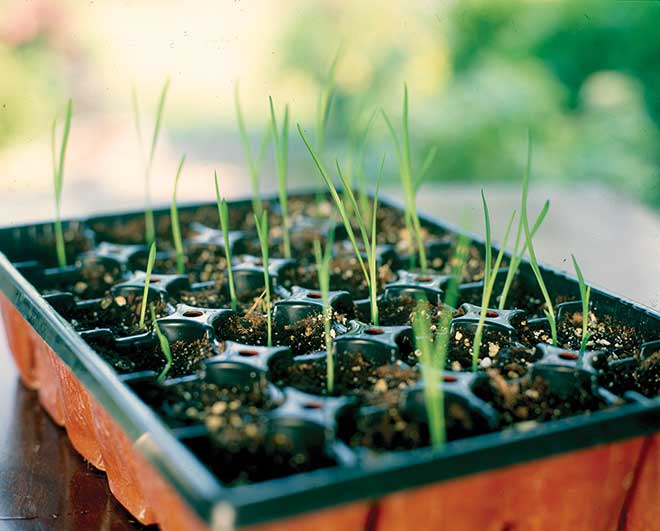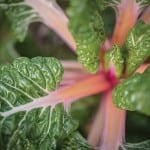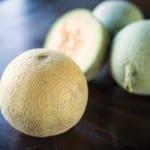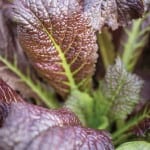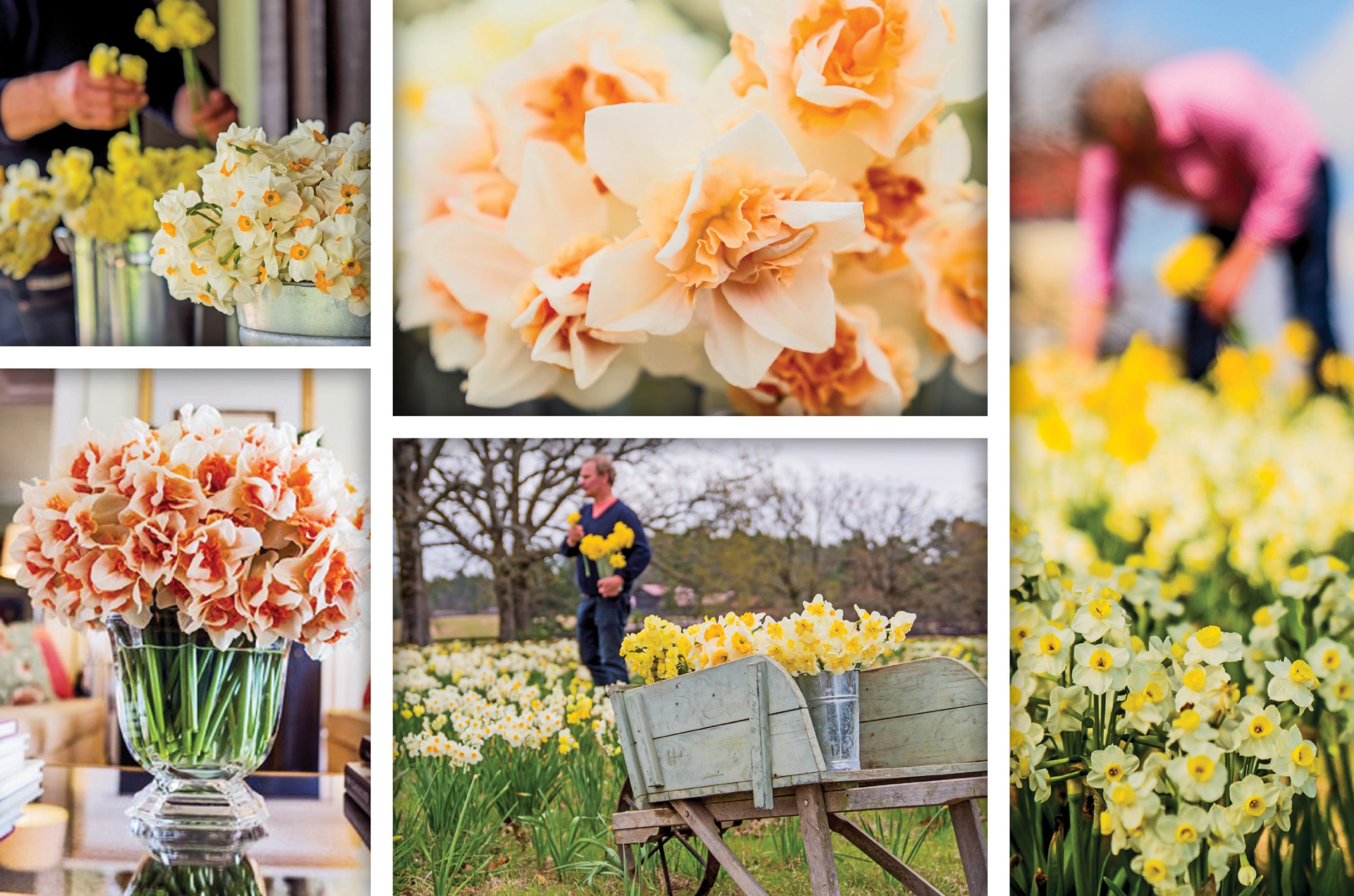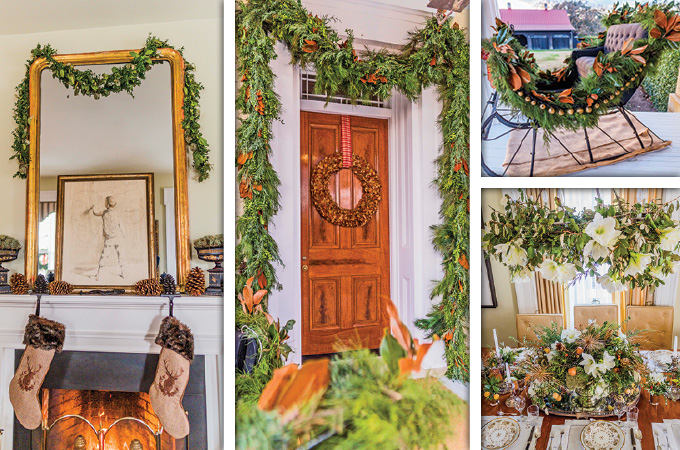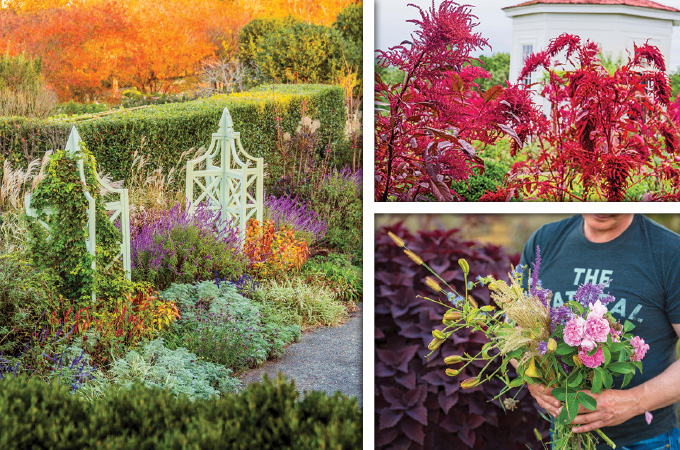Spring is just around the corner, but if you’re like me, cabin fever has already set in and you are counting down the days until you can get back into the garden. Seed starting is a great way to get a jump on your garden plans and keep your green thumb busy during that last, seemingly endless, winter period. Here are just a few things you need to know before digging in …
Containers: You can sow seeds in almost any container you have on hand: plastic or clay pots, peat pellets or even egg cartons, cut-off milk cartons or plastic jugs. Wash containers thoroughly in soapy water and disinfect them in a solution of one part bleach and nine parts water beforehand.
Soil: It’s best to use loose, fertile, disease-free soil for seed starting. I recommend the packaged potting soil—it works well and is super easy to work with.
Timing: Gauge the approximate time when your climate will have its last frost. After you determine the last frost date, check the back of your seed packets to find out how long each variety will take to germinate. Mark the last frost date on a calendar, then count back the number of weeks needed for germination. That is the date to start the seeds. Seedlings will be ready to transplant into larger individual containers when they gain their first set of true leaves.
Temperature: Soil temperature is critical when seed starting. Soil that is too cool halts germination. Aim for soil around 75 degrees until the seedlings have emerged. To maintain this temperature, I use an electric grow mat under my trays. There are many online sources for these, and they start at around $20. The air temperature in the seed starting room should be between 70 and 75 degrees during the day, and no cooler than 60 to 65 degrees at night.
Water and Light: Once your seeds are planted, water the soil gently until liquid drains from the bottom of the container. Cover the soil surface with plastic until the first seeds begin to sprout. Once the seedlings emerge, remove the plastic cover and move containers into the light.
Photos: Jane Colclasure & Mark Fonville





